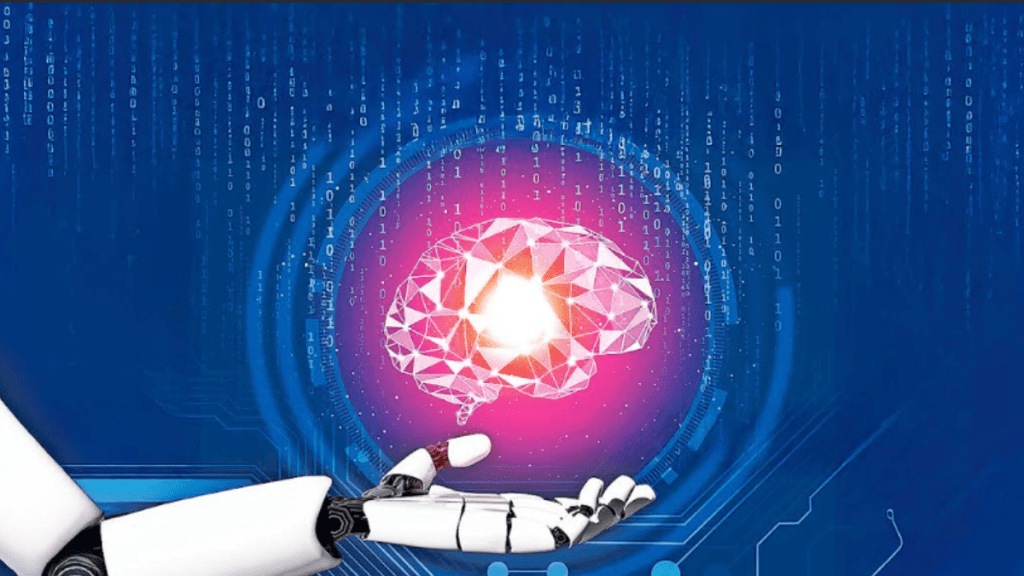By Kanika Jain
In customer experience, timing isn’t everything. It’s the difference between being forgotten and being trusted.
Most Customer Service systems were built to respond. A customer reaches out. A ticket is created. An agent steps in. It’s a cycle that works, until it doesn’t. Today’s customers expect more than resolution. They want to feel seen, understood, and, importantly, remembered. That’s where reactive models start to crumble. Support becomes a bottleneck. Conversations feel transactional. Loyalty never takes shape.
That’s where AI agents step in; not as replacements, but as rearchitects of how customer experience works.
Personalisation used to be about knowing a name. Then it was about knowing a purchase history. In 2025, the bar is higher.
The most effective CX systems don’t just recall the past but also predict what’s next. AI agents analyse behavioural signals, spot early signs of friction, and act before the customer ever clicks “Contact Us.”
This isn’t just technical sophistication. It’s emotional intuition, built into the system. Human teams are finite. AI agents aren’t.
From reactive to predictive CX
Whether it’s 3 AM or peak holiday season, AI agents can process requests, triage complaints, and escalate where human intervention is required. But the value isn’t in the 24/7 badge. It’s in the seamlessness.
Customers no longer face the emotional fatigue of repeating their issues or navigating endless menus. Context is remembered. Resolutions feel fluid.
And teams? They get to focus on what they do best, which includes listening, empathising, and resolving the things machines can’t.
Most customers don’t think in “channels.” They start with a DM, follow up with an email, then expect a confirmation on WhatsApp.
Seamless, human-centred AI
The problem? Most systems still treat each interaction as a silo.
Modern AI agents stitch these touchpoints together. A complaint made on another social media platform becomes a resolved case on email without the customer needing to retell the story.
This kind of consistency builds trust. There’s a misconception that AI is cold. But the smartest systems today don’t just detect issues but also detect emotion.
An irate tone, a confused pause, a disappointed message: AI agents can flag these signals and tailor responses in real-time or hand off to human agents where needed.
It’s not about replacing empathy. It’s about building the infrastructure for it to show up, every time, across every interaction. Moving from reactive to predictive CX doesn’t just improve metrics. It changes how a brand feels.
Customers don’t remember which chatbot answered. They remember how smooth it felt. How fast the refund came. How the problem never even had to be raised.
That’s the power of agentic AI. Not as a trend, but as a quiet system-level shift that makes experience feel intuitive, effortless, and human. Because in the end, CX isn’t a cost centre. It’s the product.
The author is co-founder and product lead, SquadStack.

